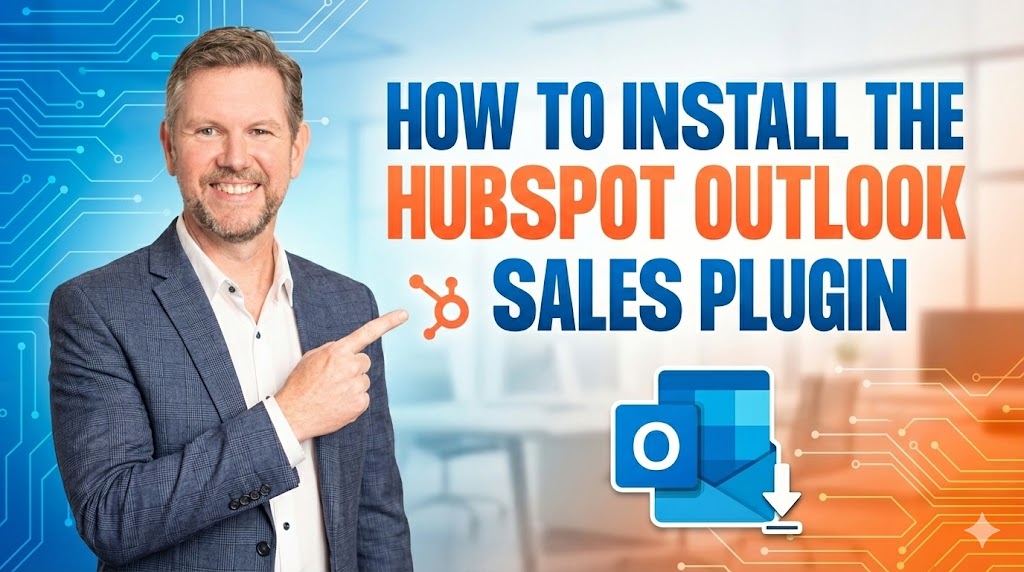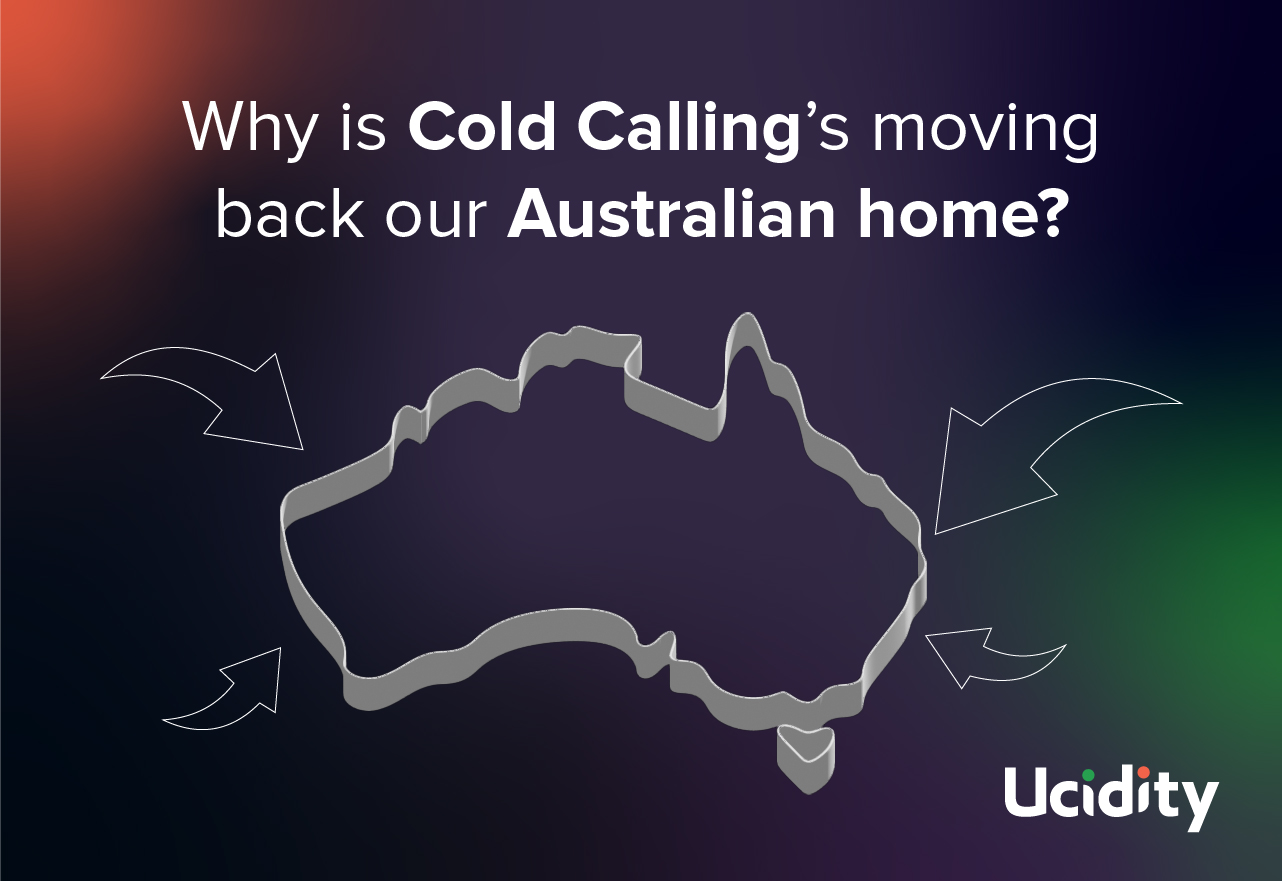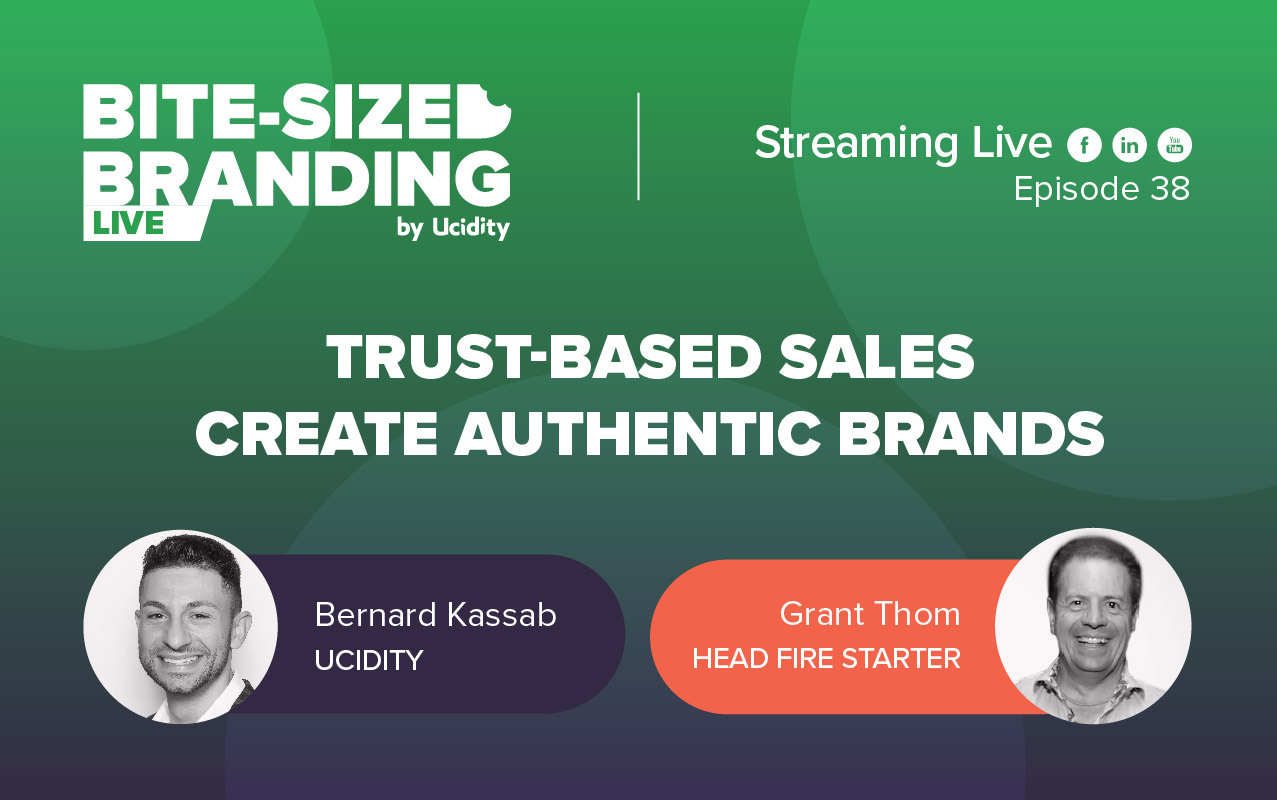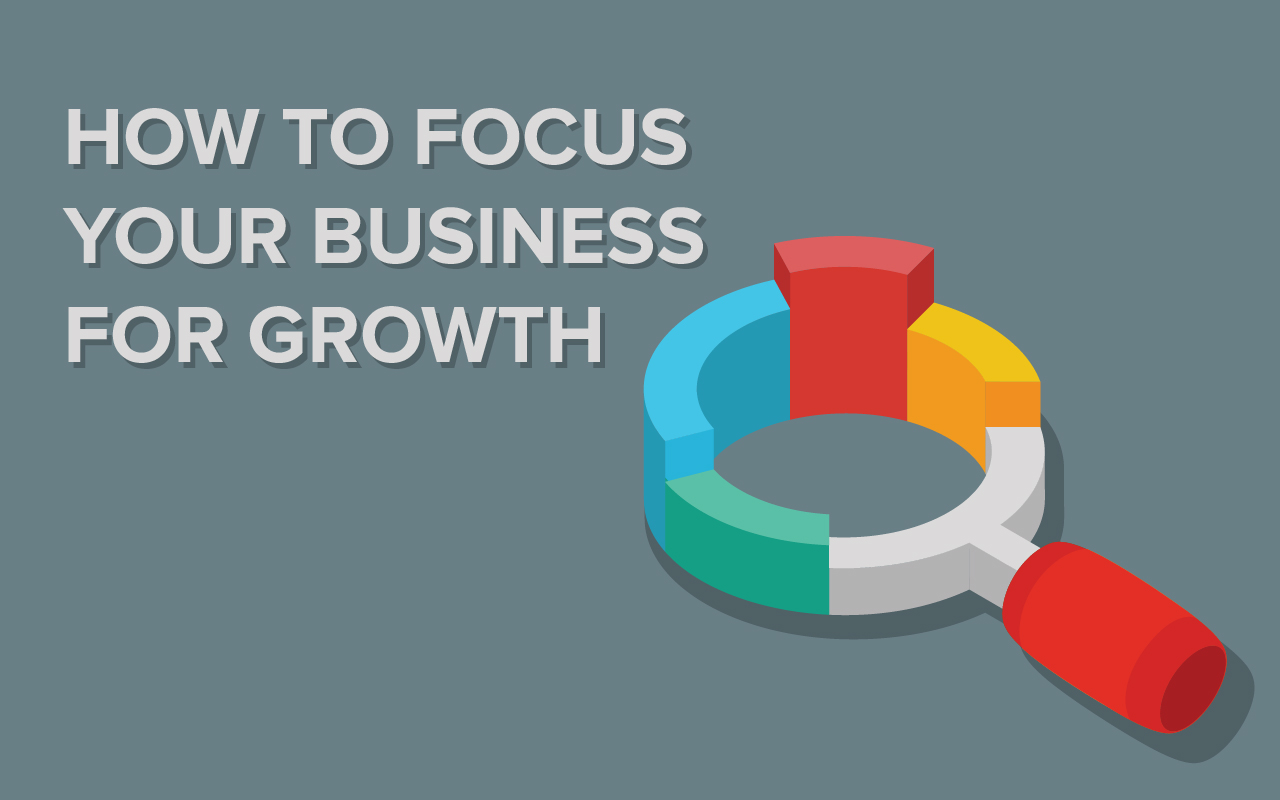
Content Marketing,Content Marketing | 12 min read
Have you tried a few strategies over the years to bring in sales leads - but are frustrated that none of them seem to be a "magic bullet"?
In this article we'll look at:
- What a lead actually is,
- A brief review of some popular lead generation strategies
- 12 lead generation strategies that work that you probably aren't using
- How all of this ties together to generate more business
What's a lead?
Put simply, a lead is a person who might turn into a customer one day.
It can be:
- A cold lead: Someone you're hoping to become a customer one day, but you've probably never engaged with them yet
- A warm lead: Someone who has shown some sort of interest in what you offer, they know who you are but they're not committed to purchasing from you just yet
- A hot lead: Someone who wants what you offer and they're pretty likely to purchase from you.
5 "Popular" Lead Generation Strategies
We'll get to the 12 "Clever" strategies further down this article, but for now - let's recap on some popular strategies that you might already be using.
1. Paid Advertising
You're probably already familiar with this form of advertising. Most of us have tested it in some form over the past few years and with mixed results.
For this to work really, really well, you'll need all these to work well:
- Advertise in the right context: Google Ads is great if you want to capture people who are searching for a solution to a problem - e.g. how to bake the perfect cheesecake. Other platforms like Facebook or Instagram are more of an interruptive strategy - e.g. someone's scrolling through their feed and then suddenly a big, bold ad interrupts their scrolling experience. This strategy works well when people don't realise there's a solution to their problem - e.g. how to make money on the side by setting up an Amazon shop. Something else to consider is to capture the person's attention when they're in the right stage of the buying cycle, e.g. awareness, consideration or decision stage.
- Set up a great landing page: The website page they land on after they click the ad needs to speak their language, use the same words as the ad they clicked on and look super professional. It's also got to have an offer that they really really need - e.g. Download our new recipe which shows you how to bake the perfect cheesecake in less than 30 minutes. We'll cover more on landing pages below.
- Have an outstanding follow up process: An ad needs to have some sort of follow up process to engage with the website visitor as quickly as possible. This can be achieved with automation, a chatbot on your website or a super slick internal system that alerts your team to get on the phone straight away.
2. Landing Pages
These are specific pages on your website that have one purpose: guide the right people into taking the exact action that you want them to take (this is known as a Call To Action or CTA). As an example, say you're a chiropractor targeting busy executives who love to play golf on the weekend. A great landing page might have a heading of Are you sick of your back paying the price every Monday morning from a relaxing game of golf on the weekend? The CTA might be After just two months of lunchtime sessions, most executives feel like they've got the back of a 20 year old. Call now to book in your first 20 minute consult.
Pair these with some of the lead generation strategies below and you've got a close to perfect system to generate sales for your business.
3. Cold Calling
Before you cringe, there's some really clever ways to cold. As an example, you might wish to pair your cold calling with a Targeted Marketing strategy. What's this look like? Well, you pick a handful of businesses that you'd really love to work with, e.g. RSM Australia. You write content that's tailor made for that business, e.g. 5 clever techniques that RSM Australia used to handle an influx of calls at the start of the Covid lockdown. You share your content on a platform like LinkedIn and tag people who you'd like to read your article. After a couple of months of this strategy, pick up the phone and reach out to the people who you'd tagged in the articles. It's like a cheat form of cold calling.
4. Purchase A List
We've never really been huge fans of these BUT they can work really well if you trust the source that you've purchased the list from. A reputable business will be able to filter and segment the list into the way that you want it.
From here, you can use something like Targeted Marketing to make use of the list and eventually reach out and make contact with the right people for your business.
An obvious word of warning - please don't ever bulk email from a purchased list - especially if you don't know where the list came from - it's a one way ticket to have your whole domain blacklisted for spamming. This can have a detrimental effect on your business for years.
5. Trade Shows
Face to face trade shows used to be the thing to do, especially before digital marketing really took off. It's still a great way (well, when the lockdown is back to "normal") to meet potential customers face to face and learn more about what they really want. It's also a great opportunity to test new products and services and get instant feedback on what they think of them.
The added bonus is you get to network with other vendors and hopefully form some incredible long term business relationships.
12 "Clever" Lead Generation Strategies
OK, so now for the fun part. We've taken a punt here and guessed that there's at least 2-3 strategies below that you've probably never used before. With some careful planning and strategy - these could be the missing link to boost your sales leads.
1. Update your website with compelling Call To Actions (CTA's)
We're always surprised to come across incredible websites that are missing one vital component - an incredible CTA.
Sorry, but gone are the days (like these were acceptable in the early 2000's) of linking to your Contact Us page and expecting website visitors to fill out an unfriendly form to get in contact with you. Unfortunately, it's highly unlikely that you'll get many qualified sales leads using this strategy.
So what can you do instead?
Put your marketing hat on and come up with incredible offers that the RIGHT types of website visitors will feel compelled to take advantage of. As an example, we've created a page on our website that covers the topic of digital marketing. We could have added a phone icon at the bottom of the page with a message like Call us now to book an appointment.
Instead, we've created a section where website visitors can enter their email address to download their very own Digital Marketing Health Checker. It helps them gain clarity around what sections are working well, what sections need attention and a checklist of strategies that they can dive in and start using straight away. Off the back of the health checker, we have an automated follow up process to help them discover how to get more from their digital marketing efforts.
So, once you've brainstormed your CTA's, where do you put them?
The short answer is EVERYWHERE. As a general rule, every page that your website visitors land on should provide a way for them to take some sort of action. Some of it can be "in your face" and some of it can be super subtle.
Here's a few ideas around where to place these CTA's:
- In the middle of a blog post - it's a great way to interrupt their reading.
- At the end of a blog post - this is for the people who have "banner blindness" - e.g. they're so used to CTA's in the middle of a blog post that they skim over them.
- On every single landing page.
- On your Services / Packages pages.
- Even your About Us / Team pages.
2. Use your email signature to link to your CTA
If you've got a CTA that's working super well OR you want to trial one - then include a link to it from your email signature.
A great example is a simple line of text under your contact details - e.g. Does your stomach shrivel up with fear when your electricity bill arrives? After just 3 years your electricity supplier could be paying you for electricity instead. Find out how...
The link to the CTA would normally jump to a landing page where you can measure traffic and how many leads you're generating.
If you know that your CTA works super well - then this is fantastic - provide an incentive in your email for your contacts to share a link to your CTA.
Otherwise, measure the website traffic and sales conversions to check how it's performing.
3. Networking
Notice how I didn't say "face to face networking". These days networking has changed a little but it's still a super effective strategy to get out in the marketplace and test your message. And yes, most of them have successfully transitioned to an online format.
Professional networking organisations like BNI, BX, 4Networking, Business Chambers... the list goes on. The majority of these networking environments have core members who are trained in how to help find more referrals for businesses. They're a perfect way to test your marketing message or just connect with the right people.
Remember - it's not the people in the room - it's their network that will probably bring in more sales leads for your business.
Pro tip: Take the RIGHT people from these organisations out to coffee (or a Zoom session) and ask how you can help their business. Their natural inclination will be to find referrals for your business.
4. Comment on people's LinkedIn posts
This strategy partly ties in with a Targeted Marketing strategy and has two core options:
- Comment on the posts of people who you want to connect with: We highly recommend easing into posts. A comment of wow, it seems like we have a real synergy - PM me to discuss further probably won't get the reaction you expect. Instead, run with small comments that show you have a genuine interest in what they write about and that you've read their article, e.g. Thanks Bob, I really loved the tip about saving an additional $100 per month with the xyz strategy.
- Comment on the posts of people who you know: Why? Well you never know who's reading their posts. Ideally, they start to see more of your posts and your incredible insights so they click your profile to find out more about you.
So, once you've been commenting for a while, ideally people will start to click on your profile to find out more about you and what you do. Here's where you can generate some leads, include a CTA in your profile that links back to a landing page on your website.
Pro tip: Make sure your position is something that creates curiosity. In my previous business, my title / position used to be Chief Warrior. I'd always have people commenting that they clicked my profile to find out what that actually meant.
5. Active participation in an online forum
These days forums are exploding again, especially with the rejig of Facebook and the emphasis on Facebook groups.
We highly recommend finding:
- A group where can chat with other like-minded professionals who naturally refer business once they get to know you more.
- A group where your target market resides. The pro tip here is to add as much value to the members of the group as possible. As an example, I used to be a member of The Troublemakers entrepreneurial group. People would ALWAYS have questions about digital marketing which I was more than happy to provide advice on. Even to this day I still get members of that group reaching out to me and wanting to do business as I've setup myself up as the subject matter expert.
6. Use your business card to Link to your CTA
OK, in the past three months you've probably handed out a lot less business cards than usual BUT the time will return where you'll be topping up your business card box faster than ever.
Something we highly recommend is to include your best CTA on the back of your card with a bit.ly link back to your website. Why bit.ly? You can track how many people click the link and how many sales conversions you get!
7. Write compelling blog posts
This is sort of a no-brainer but we constantly come across businesses who ignore this incredibly powerful strategy. Here's a few compelling reasons to write as much content as possible - whenever possible:
- It's an "easy" way to score SEO points and rank well in search engines. Search engines LOVE great content, the more you have on your website, the more likely that search engines will bump you up the search rankings.
- It helps you create room for more content. When you share your best knowledge with others, its like emptying out the clutter in your head and it makes room for incredible new content. Trust me - it works.
- It's an easy "cheat" to plan your next newsletter or social media posts. If you've got a monthly newsletter like us - then all you need is 2-3 articles per month and hey presto - your next newsletter is basically written for you. Oh, and see below for ideas on how to share your blogs on social media.
- It can re-ignite your passion for what you do. Sometimes we can get caught up in the day to day of our business. It's nice to reconnect with the core of what you do and why you do it by writing content that is going to help your target audience.
- It's a great resource for your client base - e.g. it breeds client retention. If your clients constantly refer back to your blog posts for ideas then it's highly likely that they'll stick with your business.
- It's a great sales tool. If your team is struggling to keep up with the volume of sales calls then embed links to your blog posts in your automated emails to help educate your potential clients. By the time they speak with your sales team, they'll only have the deeper questions to address.
Oh, and of course, every blog post MUST have a CTA section.
8. Cut up and share your blogs on Social Media
"Cut up" I hear you say?
Well, if you're like me, you might get carried away with a blog and write hundreds and hundreds of words. The reality is that only a smaller portion of people are ever going to read the full post word for word.
A smart strategy is to cut up your long blog posts into smaller chunks and prep them for social media. This can easily be done with a short 2-3 minute video on one part of your blog.
Once your video is recorded, write a few lines of text with a link back to the original blog post and "BOOM" there's another social media post.
9. Create a Facebook Group
This strategy can take a bit more work but can definitely pay off.
Create your own closed Facebook Group on a topic that you're a subject matter expert on and only invite people who will be interested in the topics that you'll cover in the group.
Have a strategy of:
- Daily blog posts with a specific subject, e.g. Marketing Monday, FAQ Friday etc.
- Facebook live sessions at least once per week.
- Encourage a high level of interaction.
- Promote incredible offers once the group is large enough.
- Share your blog content.
With a careful running of one of these groups you'll soon find that people support each other and there's a massive drop in resistance when you pitch your products or services.
10. Record regular podcasts
This can be heaps of fun, especially now that most of us are more used to being online, e.g. with Zoom calls.
A great way to do this is to team up with a business who also interacts with your target audience. Once you've teamed up, record regular Podcasts in short bursts, e.g. six sessions.
Agree to share each of these podcasts on your website, social media etc. to build a following.
11. Partner with the right businesses
A lot of businesses shy away from this strategy but it's such a powerful one.
A simple starting point is to reach out to your suppliers or people who you come across at networking events. They might not necessarily want to team up BUT they might know someone who does!
A perfect example of this is a graphic designer who used to send us web development work. She has transitioned back to her passion which is writing online training platforms. We've recently rejigged our online training platform package which fits perfectly with what she does - e.g. she builds the course for her clients and recommends us to build the platform that it sits on.
The biggest advantage with this type of arrangement is that we've educated her on what a great referral for our business is and she's aware of pages on our website that she can send people to if they're interested in our services. It's a win win!
12. Share success stories
Remember that amazing movie When Harry Met Sally? And who can ever forget the "I'll have what she's having" scene.
Same goes for client success stories. Sharing wins with your clients will have people automatically ask themselves "why aren't I getting those sorts of results and how can I get them?"
Pro tip: Use the word after when sharing the success story, e.g. "After purchasing one of our xyz packages, Tony experienced a significant increase in quality leads..."
We highly recommend sharing these types of stories on as many platforms as possible, your website as testimonials or case studies, include them in your blog posts, share them on social media, include them in your brochures, share them everywhere and celebrate them!
In Summary
Hopefully you've already trialed a few of the above strategies and have a rough idea of which ones work and which ones don't.
We highly, highly encourage you to trial any of the 12 that you may not able trialed yet, and we'd love to hear your stories around which ones boosted leads for your business.
Happy growing!
Are you frustrated with your Digital Marketing results?
Find out how Inbound Marketing can transform your digital marketing efforts to accelerate the growth of your business.
Published on June 08, 2020






